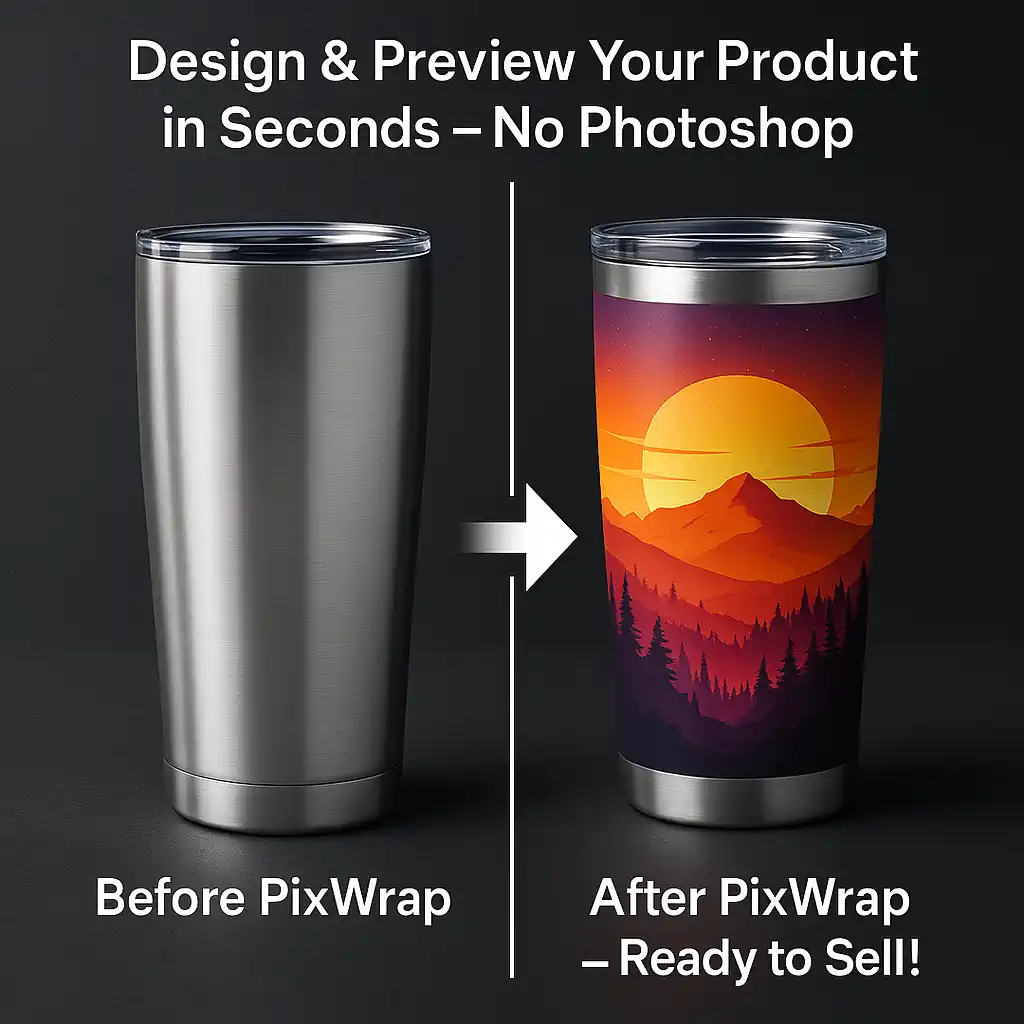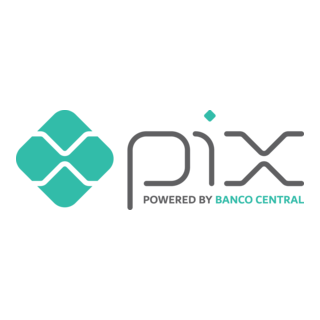
PixWrap: Complete Buyer's Guide
AI-powered mockup generator for curved surfaces
PixWrap is a specialized AI-powered mockup generator designed specifically for print-on-demand sellers and e-commerce entrepreneurs creating product visualizations for curved surfaces like tumblers and mugs. While positioned toward AI Design professionals, customer evidence reveals primary adoption among small business owners creating product visuals for platforms like Etsy[47][54].
Market Position & Maturity
Market Standing
PixWrap operates within a specialized niche of the AI mockup generator market, targeting print-on-demand sellers rather than competing directly with comprehensive professional design platforms. Market positioning analysis places PixWrap favorably against generalist tools like Canva (described as lacking advanced 3D capabilities) and Mockey (characterized as template-limited) for specific curved product applications[42].
Company Maturity
Company maturity indicators suggest a bootstrapped operation without venture capital funding, which raises questions about long-term scalability and development resources[49][56].
Growth Trajectory
Growth trajectory evidence remains limited in available research, with customer testimonials suggesting positive adoption among small business users but lacking broader market penetration data[47][54].
Industry Recognition
Industry recognition and third-party validation remain minimal in available research, with vendor assessment relying primarily on customer testimonials rather than independent analyst recognition or industry awards[47].
Longevity Assessment
Vendor stability questions arise from apparent bootstrapped operations without venture capital funding[49][56].
Proof of Capabilities
Customer Evidence
Customer success evidence demonstrates PixWrap's effectiveness within its specialized market segment, with documented positive outcomes for print-on-demand applications. Emily R.'s experience illustrates typical usage patterns: creating 'floral wraps' for tumblers and mugs that 'came out stunning—bright, beautiful, and totally unique'[47]. Jessica M. similarly reports successful creation of 'soccer tumbler wrap' designs with satisfaction regarding output quality and ease of use[47].
Quantified Outcomes
Quantified performance metrics include 30-second generation times for typical mockup creation, representing significant time savings compared to manual design processes[49][52]. The platform delivers 4K UHD output resolution (3840×2160) for premium users, providing professional-quality results suitable for e-commerce marketplace requirements[49][51]. Vendor documentation claims 60-80% time savings compared to manual mockup creation, though this requires independent validation[49][54].
Market Validation
Market validation emerges through customer adoption patterns among Etsy sellers and print-on-demand entrepreneurs, indicating product-market fit within the specialized niche[47][54].
Competitive Wins
Competitive advantages include specialized optimization for curved products where general-purpose tools often struggle with realistic surface wrapping and lighting effects[42][53].
AI Technology
PixWrap's AI-powered 3D rendering engine represents the platform's core technological innovation, specifically optimized for curved surface product mockups. The system automatically handles lighting calculations and shadow placement, eliminating the manual perspective distortion work that traditionally requires design expertise[49][52].
Architecture
The platform's desktop architecture provides significant advantages over web-based alternatives, offering offline functionality that eliminates cloud dependencies and potential connectivity issues[49]. This Windows-based approach enables local file processing and provides users with complete control over their design assets and workflow timing[49][56].
Primary Competitors
Primary competitors include generalist AI mockup platforms like Canva (described as lacking advanced 3D capabilities) and Mockey (characterized as template-limited), along with comprehensive design tools like Uizard and Figma-integrated solutions[42].
Competitive Advantages
Competitive advantages center on specialized optimization for print-on-demand applications, particularly curved surface rendering where general-purpose tools often struggle[42][53]. Offline desktop functionality provides capabilities unavailable in web-based alternatives, addressing connectivity concerns and providing complete user control[49]. Commercial licensing inclusion distinguishes PixWrap from platforms requiring separate licensing arrangements[49][51].
Market Positioning
Market positioning places PixWrap in a specialized niche targeting print-on-demand entrepreneurs rather than competing directly with comprehensive professional design platforms[42][53].
Win/Loss Scenarios
Win scenarios emerge when organizations require specialized curved product mockups, offline functionality, and commercial licensing for print-on-demand applications[49][51][53]. PixWrap excels for Windows-based small businesses focusing on tumbler, mug, and similar product categories[49][52]. Loss scenarios occur when customers need cross-platform support, professional design tool integration, or collaborative features standard in enterprise-focused alternatives[51][56].
Key Features

Pros & Cons
Use Cases
Featured In Articles
Comprehensive analysis of AI Mockup Generators for AI Design for AI Design professionals. Expert evaluation of features, pricing, and implementation.
How We Researched This Guide
About This Guide: This comprehensive analysis is based on extensive competitive intelligence and real-world implementation data from leading AI vendors. StayModern updates this guide quarterly to reflect market developments and vendor performance changes.
56+ verified sources per analysis including official documentation, customer reviews, analyst reports, and industry publications.
- • Vendor documentation & whitepapers
- • Customer testimonials & case studies
- • Third-party analyst assessments
- • Industry benchmarking reports
Standardized assessment framework across 8 key dimensions for objective comparison.
- • Technology capabilities & architecture
- • Market position & customer evidence
- • Implementation experience & support
- • Pricing value & competitive position
Research is refreshed every 90 days to capture market changes and new vendor capabilities.
- • New product releases & features
- • Market positioning changes
- • Customer feedback integration
- • Competitive landscape shifts
Every claim is source-linked with direct citations to original materials for verification.
- • Clickable citation links
- • Original source attribution
- • Date stamps for currency
- • Quality score validation
Analysis follows systematic research protocols with consistent evaluation frameworks.
- • Standardized assessment criteria
- • Multi-source verification process
- • Consistent evaluation methodology
- • Quality assurance protocols
Buyer-focused analysis with transparent methodology and factual accuracy commitment.
- • Objective comparative analysis
- • Transparent research methodology
- • Factual accuracy commitment
- • Continuous quality improvement
Quality Commitment: If you find any inaccuracies in our analysis on this page, please contact us at research@staymodern.ai. We're committed to maintaining the highest standards of research integrity and will investigate and correct any issues promptly.